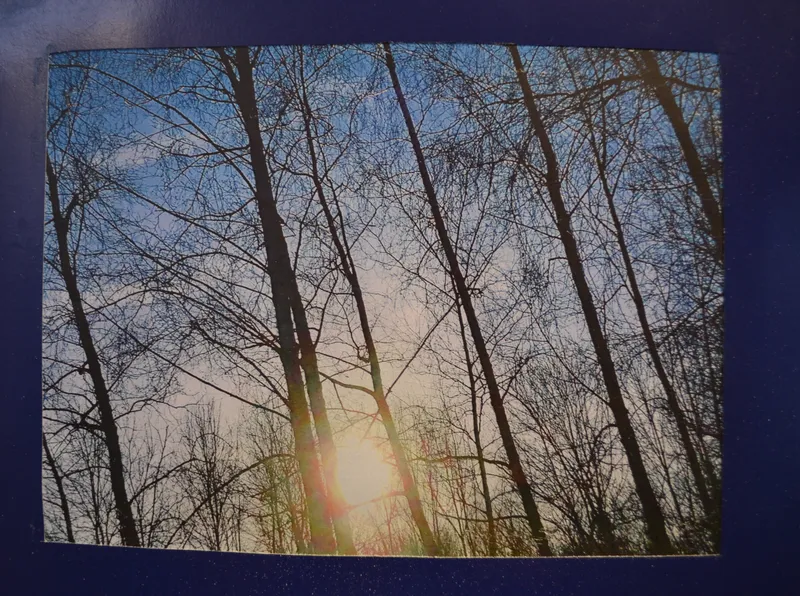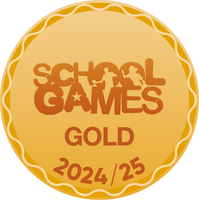Art at Anston Brook
National Curriculum
The National Curriculum states that...
Art, craft and design embody some of the highest forms of human creativity. A high-quality art and design education should engage, inspire and challenge pupils, equipping them with the knowledge and skills to experiment, invent and create their own works of art, craft and design. As pupils progress, they should be able to think critically and develop a more rigorous understanding of art and design. They should also know how art and design both reflect and shape our history, and contribute to the culture, creativity and wealth of our nation
In Art and Design at Anston Brook Primary School we have chosen to focus on the following 5 media in our study:
Drawing
Painting
Photography and Digital Media
Printing
Sculpture
Intent Of Art
To have awareness of long-term learning goals in Art and Design, understanding the ‘big picture’ behind their learning.
To build on knowledge and skills over time, revisiting learning to commit knowledge and skills to long-term memory.
To be prepared for life, and to build the cultural capital needed to understand their place in the world and have the ambitions to make an impact upon it.
To be ambitious in learning and develop a healthy growth mind-set approach to learning
To identify and foster new talents and interests in learners.
To develop reading and literacy skills in Art and Design.
The Big Ideas Behind the Medium
Drawing isn’t just the oldest medium of art, it is one of the oldest forms of communication. Drawings have been found on Earth that are more than 30,000 years old. This is older than any of the languages spoken on the planet and a lot older than writing! People have used drawings to communicate ideas and stories for thousands of years. Drawings can be used to explain ideas, create designs or as art in their own right.
It isn’t just artists who make a living using drawings. Whether its observational drawings, technical drawings, illustrations, cartoons, sketches, analytical drawings or diagrams, drawings are used in many different professions:
Engineers Designers Architects Animators Illustrators
Painting has been a popular medium for artists for centuries. Different paints can be used to create textures and tones, but the most fantastic element of painting is colour. Using just a simple palette of colours (red, blue, yellow, black and white) we can create millions of colour combinations. We can paint on almost every surface known to man.
Paints such as oil, watercolour, pastel, acrylic, digital painting, ink wash, hot wax paint and spray paint are useful not just to artists but to:
Decorators Interior Designers Graphic Designers
Photography and Digital Media is a recent art form. With the rise of the internet and improvements in technology it has become more prominent and offers really exciting new ways of expressing ideas and feelings. Photography has only existed as a medium for art in the last 150 years. Photography and digital media have so many uses in many different jobs that it sometimes gets overlooked as an art from but there are some fantastic artistic ways to use photography and digital media:
Film and TV Producer Director Blogger Website Designer Art Director Social Media Specialist Photographer
Printing has been used for centuries. Printing is the process of transferring ink to a surface, normally paper. The first known print blocks were used in China nearly 2000 years ago. Printing became an important industry in Europe in the 14th century with the invention of the printing press. Most printing these days is done digitally, but there are still industries that use physical printing. Printing is an interesting art medium with many artists experimenting with layering and repeating designs to create larger pieces of work. Lots of professionals use printing:
Newspaper Printer Textiles Wallpaper Design Print Worker
Sculpture is a branch of visual arts which has been used for thousands of years. There are countless examples of sculpture from ancient cultures, mostly using stone, which have survived to the present day. Sculpture allows artists to work in three dimensions, using a huge range of different materials. Sculpture remains a very popular form of art with modern galleries displaying a range of interesting sculptures. People working with sculpture may find jobs as:
Fine Artists Industrial Designers Sculptors Potters
Implementation of Art
Road Map
Our art and design road map gives an overview of subject content to be taught from EYFS to Year 6, giving further details of study at Key Stage 3. The road map is designed to be accessible to staff, families and learners. All staff are required to refer to the road map and encourage learners to actively engage with it to evaluate their learning journey, see the end points and goals as well as seeing how the knowledge and skills they may acquire now may support their future development.
Apply Weeks
At the beginning of each half term every class produces one or more piece of artwork using skills and media taught earlier in the year. Learners are presented with prompts including key language and previously completed pieces to help them recall previously taught knowledge and skills and practice using them. This allows learners to retrieve the knowledge and skills which have previously been taught, helping them to commit the learning to their long term memory.
Experience of Locality
In art lessons, the teacher focuses on environments and objects in the local area, encouraging learners to recognise and respect the beauty and diversity of the local landscape.

Art leaders and teachers establish networks of local professional artists, demonstrating local opportunities as well as unique local culture.
Global Perspective
Examples artists and art is selected to represent diverse cultures around the world. The purpose of this is to extend children’s perspective beyond their local environment and begin to understand what the wider world may offer them and how they may impact upon it.
Aspiration Beehive
The 6 Rs, which sit at the heart of learning behaviours at Anston Brook are utilised in Art and Design with specific Rs being used in lessons. E.g. Resilience in sketching, building up detailed sketches takes time, confidence in your own ability and the patience to know that the finished piece cannot be completed quickly.
Risk-taking, when bringing your own individual style to work, or considering different perspectives. Removing the fear of ‘getting it wrong’.
Reading in Art
Teachers demonstrate how different messages and ideas can be inferred in art pieces and explain how and why artists try to convey certain messages in their work.
Learners are taught to use subject specific vocabulary and formulate verbal ideas and reflections in standard English.







